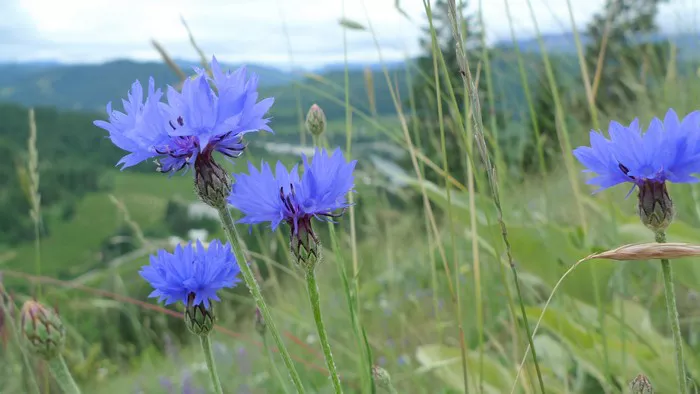Antarctica, an environment once considered impervious to change, is undergoing a remarkable transformation. Recent research reveals that the continent is experiencing a proliferation of flowering plants, moss, and algae, accompanied by unprecedented reductions in floating sea ice, all attributed to rising summer temperatures. In 2022, scientists from the University of Washington (UW) documented the most extensive heatwave ever recorded in Antarctica.
During the scorching month of March, temperatures near the South Pole surged to an astonishing 39°C above the normal range, persisting for three consecutive days and peaking at -10°C (14°F). Edward Blanchard-Wrigglesworth, an atmospheric scientist and lead author of a published UW paper, described this event as the most extreme temperature anomaly ever documented worldwide.
Such climatic anomalies have shattered the perception that Antarctica is immune to the effects of the climate crisis. Researchers from the University of Washington employed a ‘storyline approach’ to ascertain the extent to which climate change contributed to this recent heatwave. This modeling technique reconstructs current climate events by considering historical occurrences and plausible future scenarios.
Their findings indicate that climate change over the past century amplified the heatwave by 2°C, while a comparable event in 2096 could be a staggering 6°C warmer relative to 2022 (8°C compared to 1922). This trajectory poses a severe threat, potentially pushing March temperatures in Antarctica perilously close to the melting point, endangering vast ice expanses on the continent.
Presently, Antarctica and its adjacent islands are blanketed by permanent snow and ice, with only a small percentage of land suitable for the growth of flowering plants such as the Antarctic hair grass (Deschampsia antarctica) and the Antarctic pearlwort (Colobanthus quitensis). However, the past few decades have witnessed the proliferation of these plants due to warmer spring and summer seasons, resulting in growth rates surging by more than 20% between 2009 and 2018.
Projections suggest that by the century’s end, the Antarctic Peninsula may witness a threefold increase in ice-free land available for colonization by vegetation. Researchers express concerns that this expansion of flora could lead to “irreversible biodiversity loss” within Antarctica.
Jasmine Lee, a conservation biologist at the British Antarctic Survey, cautioned, “We know that there will be thousands of square kilometers of new ice-free area, and the warmer temperatures and extra available water will create new habitats ripe for colonization, which will benefit some species and not others.” Regrettably, milder climates could also lower the barriers to invasion by foreign plant and animal species.
Given the urgency of the situation, scientists worldwide are working diligently to understand Antarctica’s historical and current ecosystems in a bid to preserve them for future generations. The study detailing Antarctica’s heatwave was published in Geophysical Research Letters.


